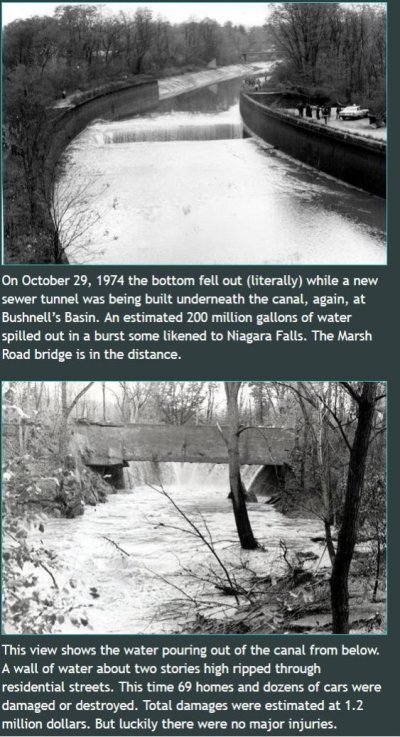Hippocampus
Guru
- Joined
- Jul 27, 2020
- Messages
- 4,182
- Location
- Plymouth
- Vessel Name
- Hippocampus
- Vessel Make
- Nordic Tug 42
Our sailboat is sold. Survey on Tuesday. Closing about a week after. We used her for an occasional passage of 8 to 16 days then cruising a new grounds. Wife has thoughts of doing the great loop in some form but she still likes switching and exploring a new cruising grounds which means passage. She and I like the looks of the small Norhavns and having had weather routers and our own analysis fall us on occasion remain concerned about seaworthiness. Think we like a N40, N43 or N46. Trying to cut back on expenses so not interested in N475 or bigger.
Questions
Can you do the loop in a boat with 5’2” draft?
In reality what airdraft is acceptable?
Is there a real advantage to going with a Kadey-Krogen for this type of mixed used?
What other choices are there in this size range?
Note people seem to depend on reverse AC for heat how much of a headache is it to install heat as we have cruised areas where water temperature is low enough that’s not an option?
Questions
Can you do the loop in a boat with 5’2” draft?
In reality what airdraft is acceptable?
Is there a real advantage to going with a Kadey-Krogen for this type of mixed used?
What other choices are there in this size range?
Note people seem to depend on reverse AC for heat how much of a headache is it to install heat as we have cruised areas where water temperature is low enough that’s not an option?
Last edited:

